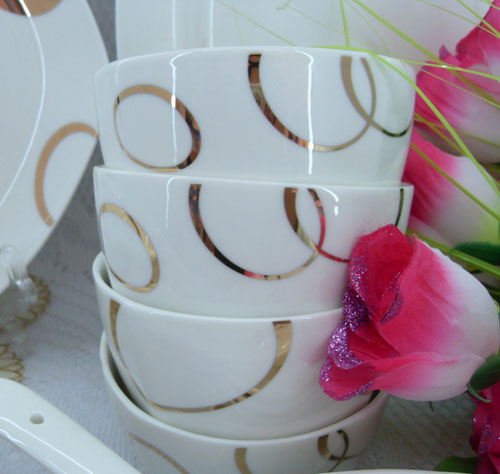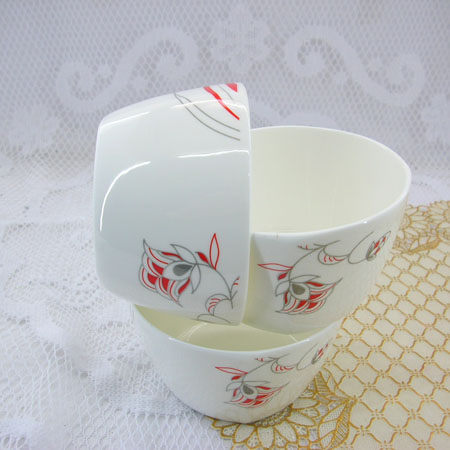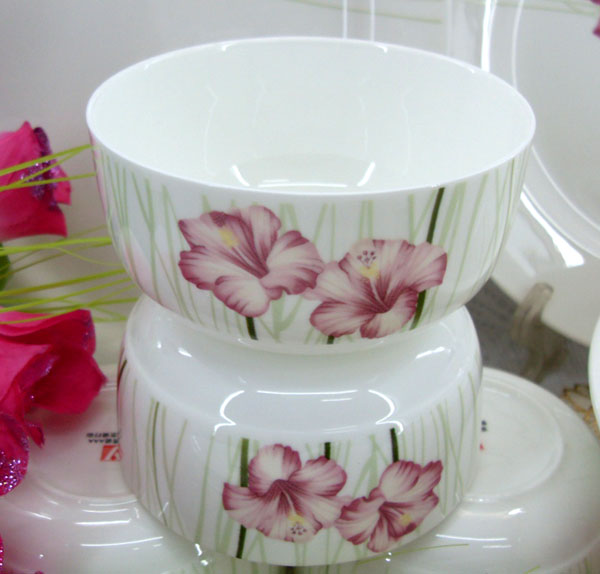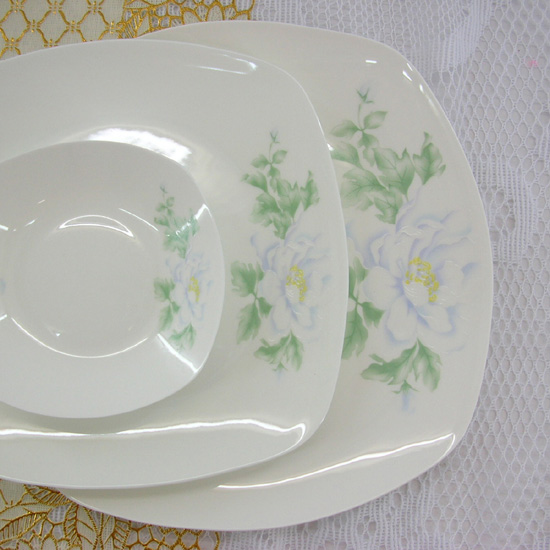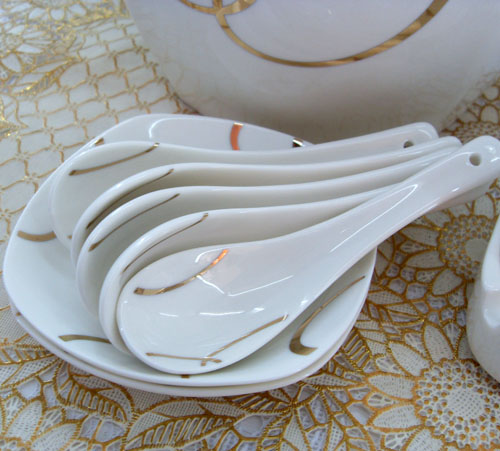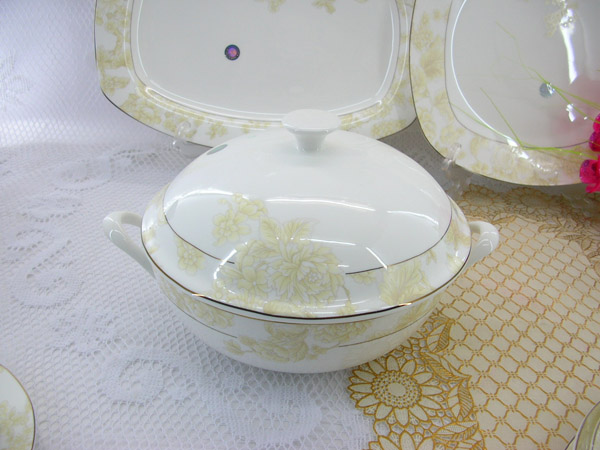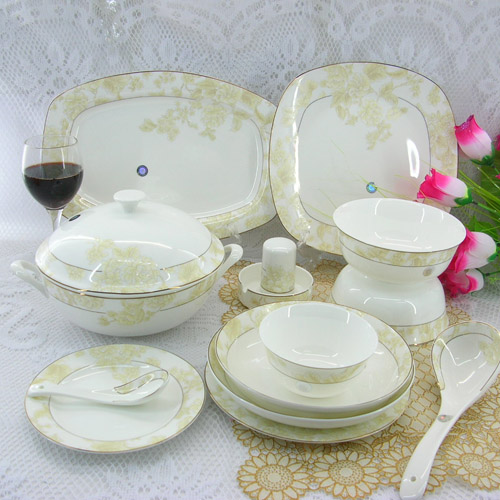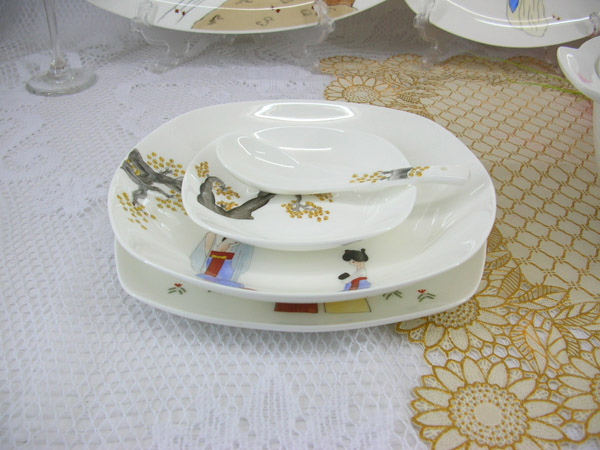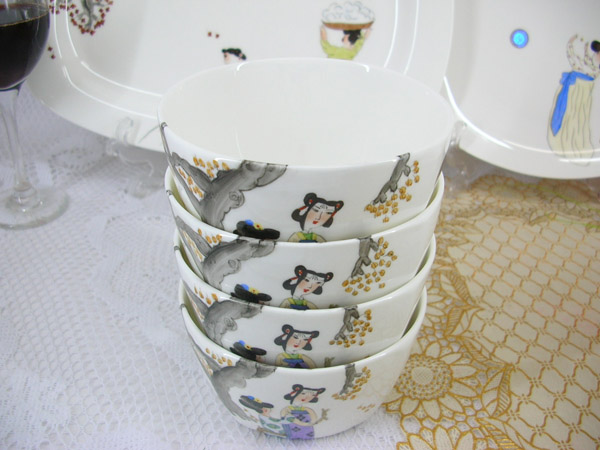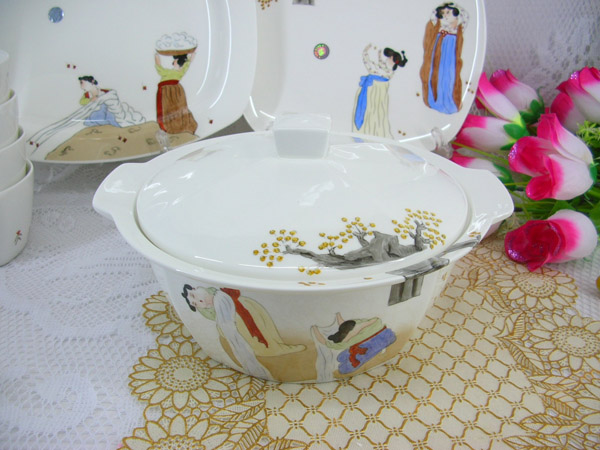The only difference between meh and yew Is that I make being a Princess Look Good! Your position:Home->Consignment Sale For Free-> Fine bone china tableware Spode worked for other potters and also co-owned factories with other potters until 1767 when he formed the Spode factory. This factory was wholly owned by him by 1776 and that factory remains in operation in the same spot today. It is the oldest porcelain factory to remain in business at the same site. Josiah passed his factory on to his son, Josiah Spode II (1754-1827). Josiah II apprenticed in his father’s factory and opened a London gallery to showcase his father’s porcelain. Porcelain is an ancient ceramic material perfected by the Chinese. There are examples of porcelain that date back to the 7th century. Porcelain is commonly called china, as this is where the material originated. There are three types of porcelain, hard paste, soft paste and bone china. In 1800, Josiah Spode II created bone china by adding bone ash to the formula for porcelain. The result was the hardest, most durable porcelain available. Hard paste porcelain is made from kaolin and petuntse. The materials are fired at high temperatures, with or without a glaze, and produce a hard, translucent material. Soft paste porcelain contains the kaolin and petuntse of hard paste but also includes frit – a combination of various materials like white sand, nitre, alum, salt and gypsum. The frit in the mixture liquefies and turns to glass when fired and the glassy bits fuse to the porcelain. The resulting soft paste porcelain has a grittier feel to it and is not as strong as hard paste porcelain. Bone china is the toughest of porcelains and does indeed contain bones. Bone ash makes up the greatest part of the formula for bone china, with the balance of the formula containing kaolin and petuntse. The resulting material is hard, resilient and an ivory white in color. It remains the standard for porcelain manufactured in England. Bone ash comes from the pulverized and burned bones of animals. All tissue is removed from the bones and they are fired at temperatures of up to 1000 degrees. The resulting ash is crushed to a powder and mixed with water before being added to the other porcelain material. Spode bone china is still produced today at the Spode factory in Stoke-on-Trent, Staffordshire, England. All bone china is not Spode, however. Josiah II’s formula quickly spread to other factories within England and to other ceramics factories around the world. Bone china by Spode and other well-known makers is highly collectible. The material is used to make many things, but most collectible are the tableware, vases and figurines. Most factories have their own identifying marks and some sort of dating scheme fired into the bottom of the works. Spode date marks, for example, were once very simple to decipher. From 1870 to 1957, the date of the piece was marked by a letter over a two-digit number. The letter denoted the month of manufacture and the numbers indicated the year. A piece marked F/09 would have been manufactured in February of 1909. Later dating schemes for Spode are a bit more difficult but numerous reference books exist to help you. These books also feature maker’s marks and are invaluable to the porcelain collector. Values of bone china by famous makers can vary dramatically and are based on popularity, condition, rarity and other factors. Of all factors, condition is probably one of the greatest concerns. While bone china is resilient compared to hard or soft paste porcelain, it is still fragile and requires gentle care. Tiny chips, crazing, cracks and breaks all will affect the value and beauty of your bone china. These factors are less important in figurines than they are in tableware and vases, but preventing damage is always the best way to go. You can take many steps to care for your bone china. To start with, keep handling to a minimum. This doesn’t mean that you shouldn’t use your bone china tableware but when you do use it, use it with care. Handling can cause chips, cracks and breaks all too easily. Support plates and platters by holding them underneath rather than by a delicate edge. Hold teapots and gravy boats by their sides and handles rather than the handle alone. Lift and replace covers gently and always remove them before turning a piece over to look at its marks. Don’t use pieces that have been mended. When you display your bone china, take care that the display doesn’t put your lovely pieces in harm’s way. Closed cabinets in low traffic areas are a good way to show off your china. Many people use plate wires to hang their bone china plates but I prefer not to use these as they can stress the plates and lead to cracks or breaks. Never use bare wire hangers, choose only plastic coated ones if you decide to use hangers at all. Make certain that the surface that you rest your pieces on is stable and doesn’t jiggle or wobble when you walk by. You can purchase a gum like material that sticks your bone china securely to a table or shelf. This material is used by museums especially in earthquake zones and does no damage to the china or the surface the china sits on. Don’t hang your cups by their handles, no sense asking for trouble. When you stack plates, put a piece of thick paper or cloth between them and don’t let the stack get too high. Don’t stack unmatched plates together or you may create an unstable tower. Cleaning your bone china should be done with care. Gilded pieces were made with a variety of processes and the stability of the gilding will vary greatly. Avoid scrubbing gilded areas and wash the pieces only when necessary. Gently dust them on occasion. Get into crooks and crevices with a soft toothbrush or a cotton swab. Don’t immerse large pieces in water, instead rest the piece on a stable surface and wash and rinse it there. Don’t attempt to clean mended pieces with any liquid. If you break a valuable piece, don’t attempt to glue it back together yourself. Instead, take it to a professional restorer. Call your local museum for a referral. Collecting bone china can be a very satisfying and financially rewarding hobby. But, even if you start by collecting relatively inexpensive modern bone china, you are going to be spending fair amounts of money. For this reason, you should educate yourself about the various makers, marks, processes and values of bone china. Many books are available on the subject and a wise collector will own at least a few of them. The better educated you are on the subject, the more likely you are to make some really wonderful finds. Bone china dishes have been around for a very long time and can be found in most china buffets, old and new. Several processes are involved in the making of bone china, but the ingredient that sets it apart from fine china, is the component of bone ash that is included in its manufacture. Hence where the name bone china comes from, and without this ash component, china is not really 'bone' china. It is also usually more expensive than other china, and this is justified by the processes and labour involved in its making. A piece of bone china contains at least 25% of bone ash, and this compound not only adds strength and white color to the china, but also makes it translucent. Not totally transparent, but enough for the light to pass through it. Generally, bone china is registered and its trademark and pattern can be found under each piece. However, over time these can become difficult to read, and it's always good to know you can quickly verify its authenticity. If you hold up any piece of bone china up to a light and place your hand behind it, you should be able to see your fingers through it. It also has a certain clear ring, if you 'flick' the edge of a cup. However, identifying this sound does take practice. Bone china is stronger than it appears, but care should still be taken when handling these dishes. Some newer pieces may be marked 'dishwasher safe', but I recommend always handwashing with a mild soap. Dishwasher detergents are very harsh and over time will fade the pattern on your good dishes. There is also a possibility of these becoming chipped from rattling against other dishes during the dishwashing process. Many bone china patterns have gold or metallic trims and bands, and these should never be placed in a microwave. Bone china has lasted through generations and are beautiful heirloom pieces to hand down to the next one. But don't be afraid to use it, it is made to be enjoyed. In fact, tea and coffee tastes the best in bone china cups. I can attest to that - try it! 
|
